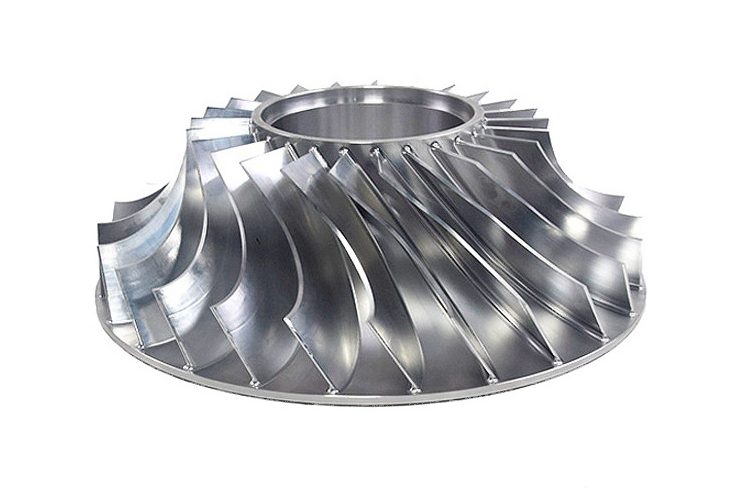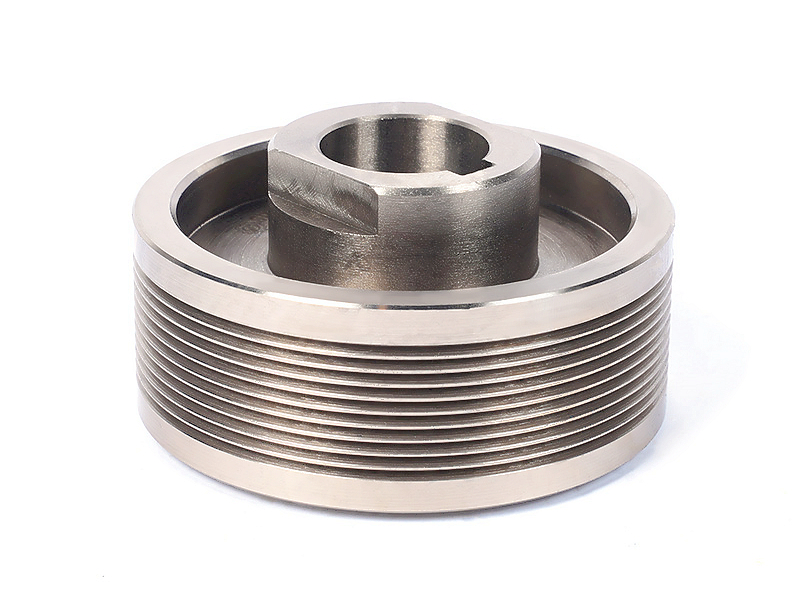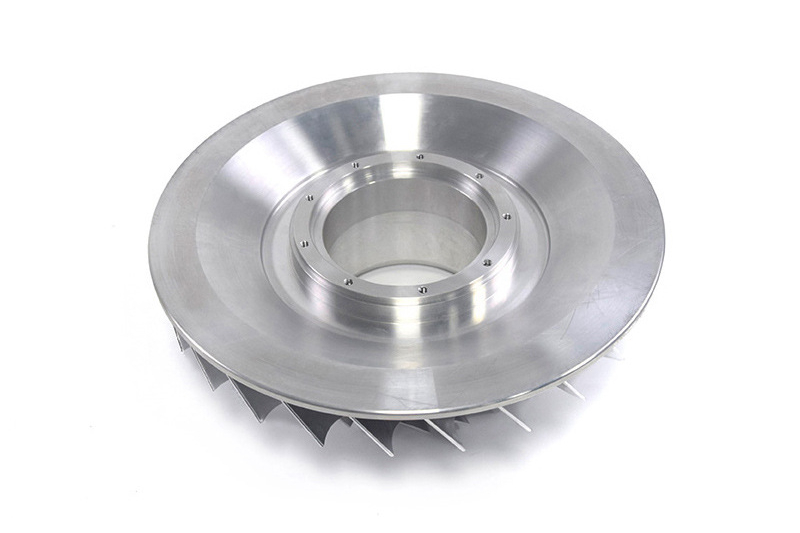How to adjust machining parameters for different tool brands on titanium?
Adjusting machining parameters when switching between tool brands for titanium is a critical, systematic process. You cannot assume identical performance, even for tools with similar nominal specifications. The adjustment is based on a structured evaluation of the new tool's specific geometry, substrate, and coating relative to your established baseline.
Establish a Documented Baseline
Before making any changes, you must have a well-documented baseline from your current, proven tool. This includes not just speed (SFM) and feed (IPT), but also the resulting tool life (in minutes or parts), chip color and form, surface finish, and the dominant failure mode (e.g., flank wear, chipping, built-up edge). This baseline is the reference point for all comparisons and is a standard practice in our Precision Machining Service.
Analyze the Differences and Formulate a Hypothesis
When introducing a new tool brand, analyze its key characteristics against your baseline tool:
Coating: Is it a standard AlTiN, or a more advanced nACo or AlTiSiN? A more thermally stable coating may allow for a 5-15% increase in cutting speed (SFM).
Edge Preparation: Is it sharper (high-positive) or more robust (honed, negative)? A sharper edge reduces cutting forces, potentially allowing for a higher feed rate, but may be less durable, necessitating a slight reduction in speed.
Substrate Toughness: Does the manufacturer promote the grade's toughness or its wear resistance? A tougher substrate might be better for intermittent cuts, allowing you to maintain parameters, while a harder, more wear-resistant grade might permit higher speeds in stable conditions.
The Structured Test and Adjustment Protocol
Start conservatively and adjust one parameter at a time. A safe starting point is to reduce your baseline SFM by 15-20% while maintaining the same feed per tooth (IPT).
Run an Initial Test: Machine for a short, predetermined time (e.g., 5-10 minutes) or a set number of parts.
Inspect and Analyze:
If tool wear is slower than baseline: The new tool may be more wear-resistant. Increase the SFM by 5% increments in subsequent tests until you match the baseline tool life or find a new optimum.
If the tool shows chipping or micro-fractures: The edge is likely less tough. Reduce the SFM further by 5-10% and/or slightly reduce the feed rate. Ensure your CNC Milling Service setup has maximum rigidity to mitigate this.
If chips are long and stringy: The geometry may not be shearing effectively. Try increasing the feed rate by 5-10% to thicken the chip and promote breakage.
If chips are blue and discolored: The tool is generating too much heat. Reduce the SFM immediately.
This empirical approach is fundamental to developing a reliable process in our Titanium CNC Machining Service.
Leverage Application Engineering Support
Reputable tool manufacturers provide detailed application guides and have application engineers. Use them. Provide them with your baseline data and the specific titanium alloy you are machining (e.g., Ti-6Al-4V). They can often provide a targeted starting parameter set that will drastically reduce your testing time and material waste.
Focus on the Outcome, Not Just the Parameters
The goal is not to simply replicate the old parameters, but to achieve or exceed the previous performance in terms of cost per part. A tool that runs 20% faster but lasts 50% less time may not be an improvement. Document the new optimal parameters, tool life, and part quality for the new brand to build your own proprietary database, ensuring consistent results for future production runs.



